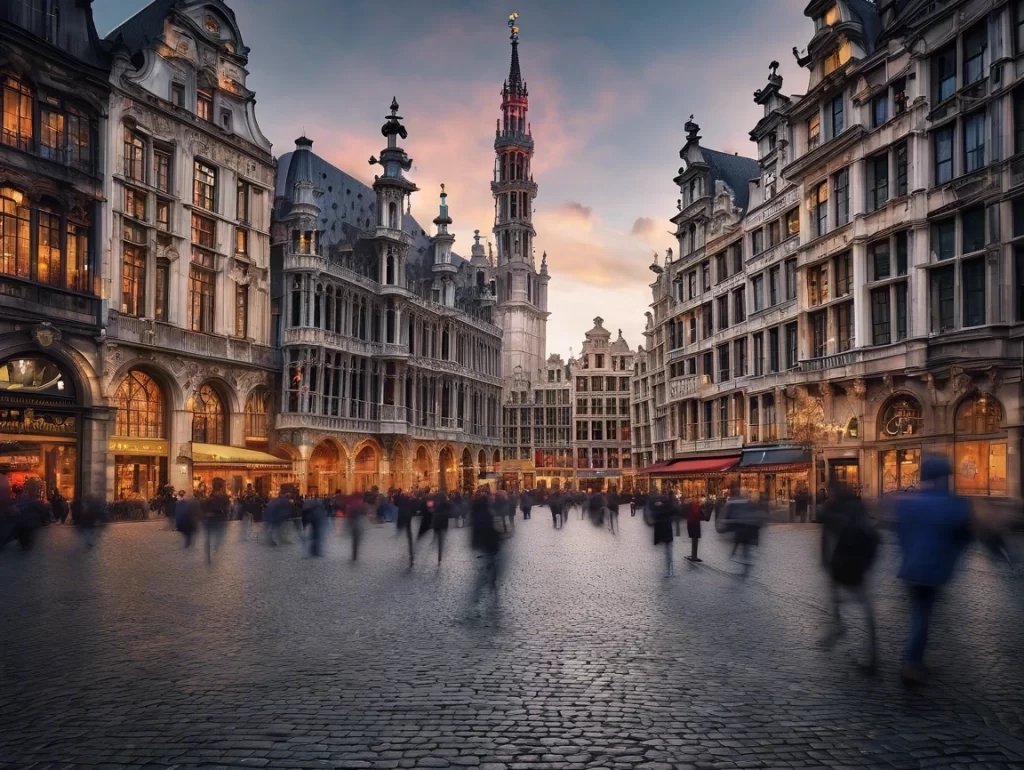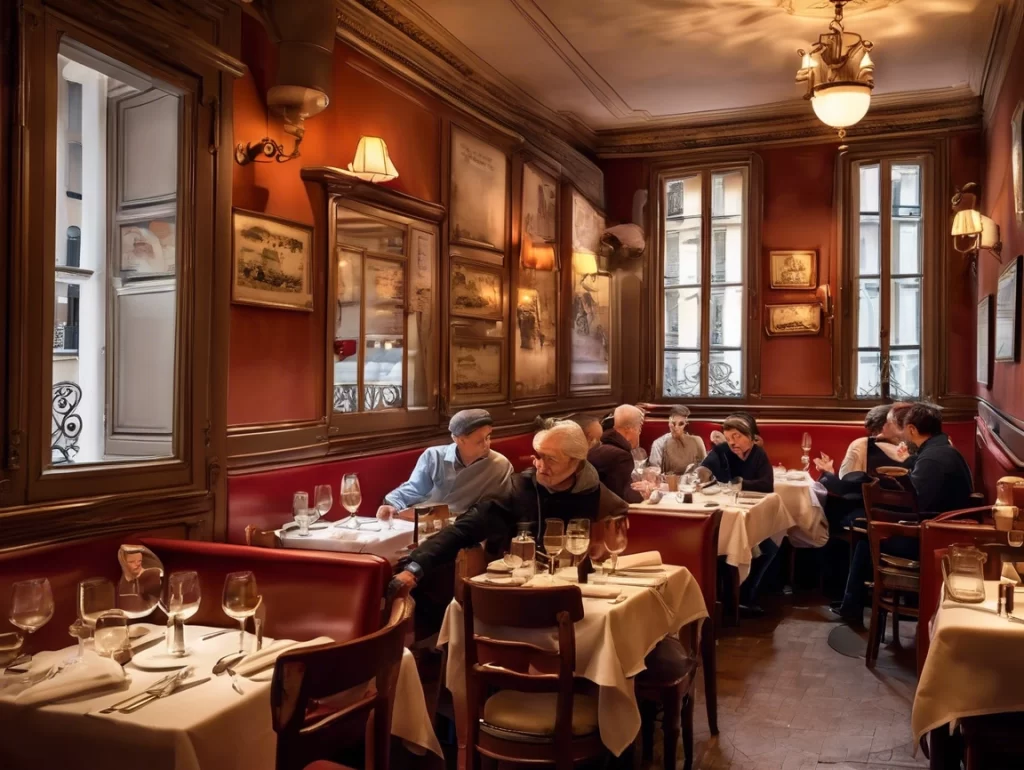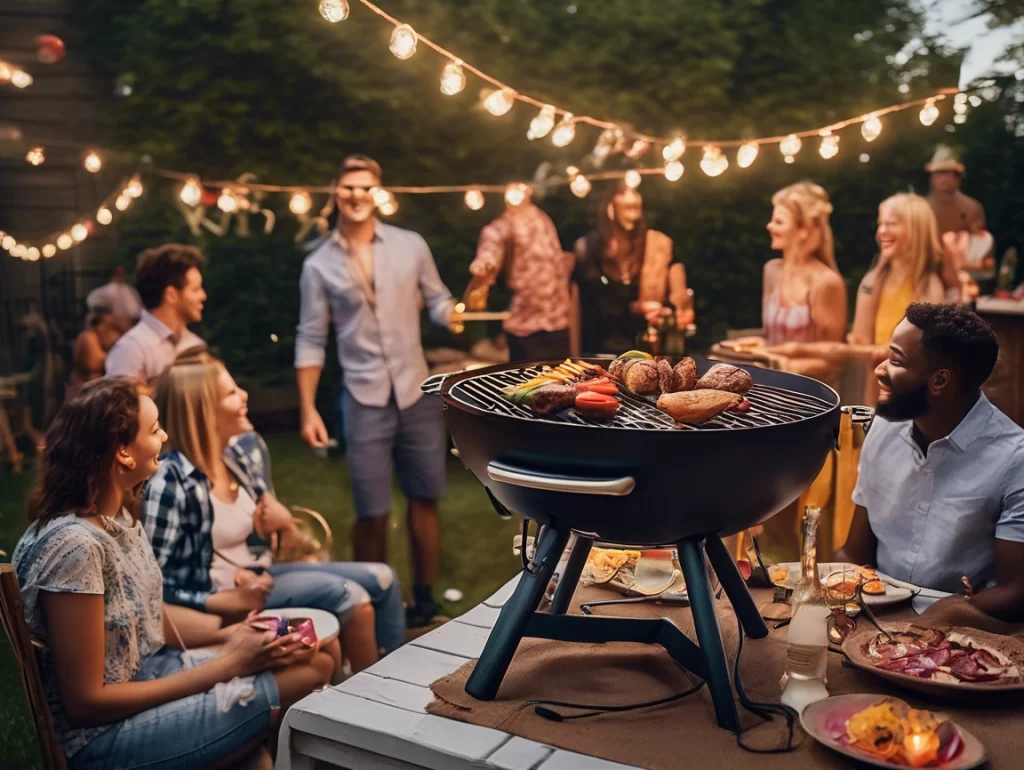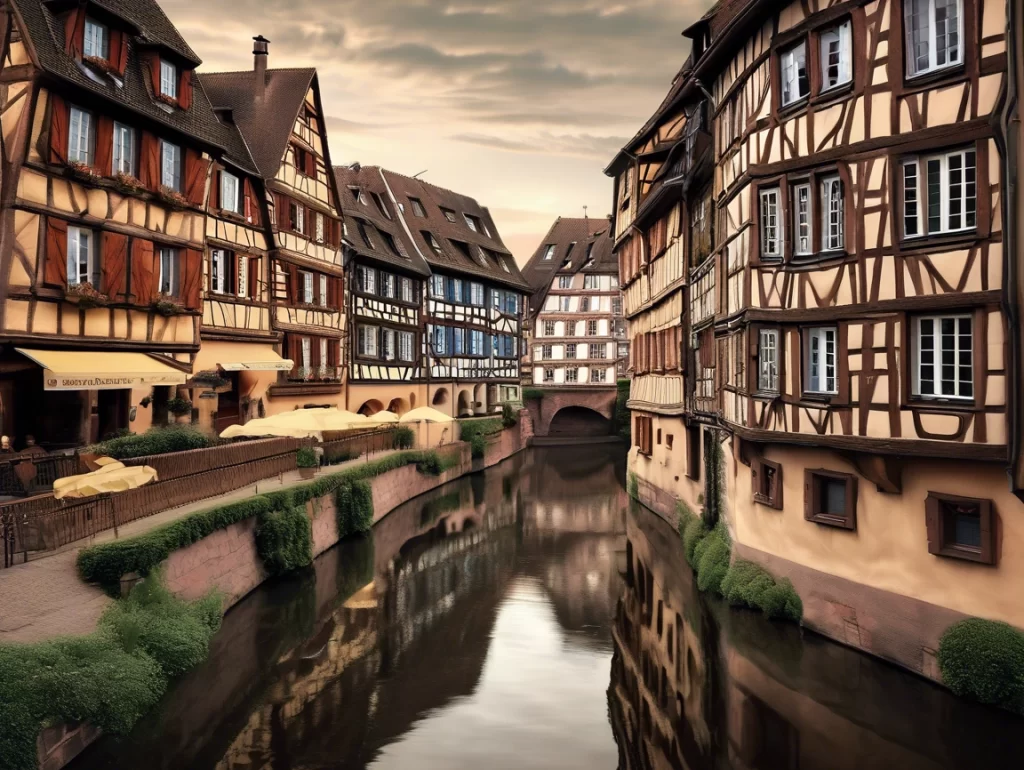Intro: Build a Buzz-Worthy Backyard
If your garden looks pretty but sits quiet, something’s missing—pollinators. These winged workers are essential for healthy ecosystems, and they’re struggling more than ever. Thankfully, learning how to design a pollinator-friendly garden gives you the power to change that. With just a few smart choices, your yard can become a vital stopover for bees, butterflies, hummingbirds, and more.
Why Pollinators Need Our Help
Pollinators do more than make flowers bloom—they keep entire food systems alive.
- Roughly 75% of all flowering plants rely on pollinators to reproduce.
- Bees, butterflies, moths, bats, and birds are responsible for pollinating over one-third of the food we eat.
- However, habitat loss, pesticide use, and climate change have caused major declines in many pollinator populations.
- By redesigning our gardens—even small ones—we help restore the networks these species need to thrive.
Learn how habitat changes are affecting bees in this U.S. Forest Service pollinator guide.
Start With Native Plants—Here’s Why
One of the best things you can do is grow native flowering plants. Here’s why they matter:
- Native species bloom in sync with local pollinator life cycles, providing food when it’s needed most.
- They require less watering and maintenance than exotic plants because they’re already adapted to local conditions.
- They support a wider range of native insects, including bees and butterflies that won’t visit non-native species.
Aim for variety: mix early-, mid-, and late-season bloomers so nectar and pollen are available from spring to fall.
Not sure where to begin? Use the Native Plant Finder from the National Wildlife Federation to match plants to your ZIP code.
Design With Layers and Structure
Pollinator-friendly gardens thrive when they offer more than flowers. Structure matters too.
- Include multiple plant heights—ground cover, medium-height bloomers, and taller shrubs or grasses.
- Choose clustered plantings over single specimens. This makes it easier for pollinators to forage without wasting energy.
- Add undisturbed ground patches for native bee nesting and dead wood for beetles and solitary wasps.
- Include water sources: a shallow dish filled with pebbles and water provides a critical drink stop.
Your garden doesn’t have to be wild and unkempt—but it should feel natural, layered, and rich in habitat zones.
Avoid These Common Mistakes
Even well-intentioned gardeners sometimes make choices that do more harm than good. Here’s what to avoid:
- Pesticides and herbicides: These chemicals don’t just kill pests—they also harm beneficial insects.
- Hybrid or double blooms: Many popular flowers have been bred for looks, not nectar. Bees can’t access their rewards.
- Too much mulch: Thick mulch layers can block ground-nesting pollinators.
- All show, no substance: A garden filled with ornamental plants might look pretty, but it won’t support local wildlife.
Choose function and beauty—nature responds best when the two work together.
Final Thoughts: A Garden With a Mission
Designing a pollinator-friendly garden is more than an aesthetic choice. It’s an ecological act that helps reverse habitat loss, supports food systems, and reconnects your space to the wild world beyond your fence. Once you understand how pollinators live, forage, and move, you can build a garden that doesn’t just bloom—it buzzes with life.









